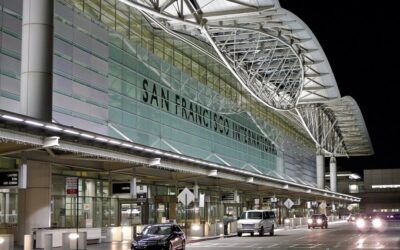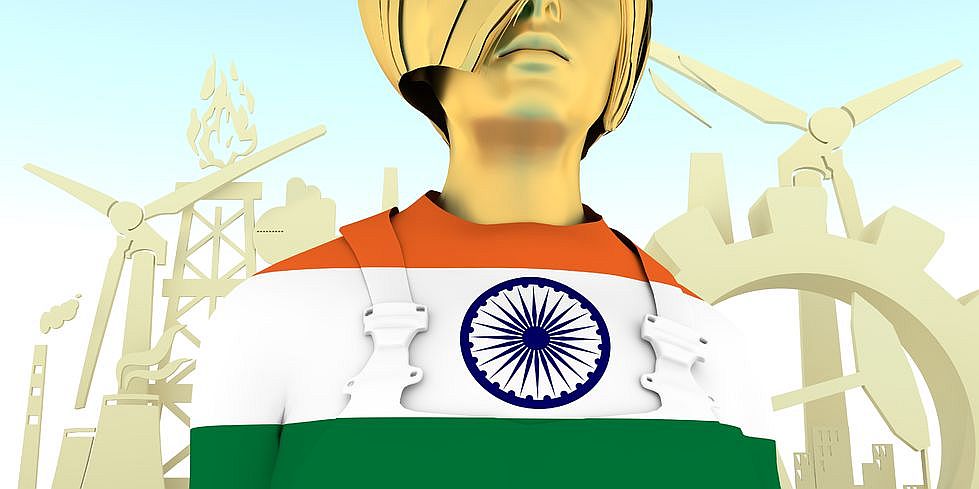The airline industry gives a lot of impetus to improving the customer. Airport and IT infrastructure are being modernized; airlines are updating terminal and Kiosk interfaces. On the sidelines of the NASSCOM India Leadership forum last month, Justin Erbacci, VP-Customer Experience and Technology, Star Alliance, updated us on what the Alliance and its airlines are doing around the world.
He also spoke about some of the projects undertaken by the Alliance and its partners in India, for the frequent flier program or FFP, and to make passenger transfer a seamless experience at some key Indian airports.
–Brian Pereira
What are the key plans for the Star Alliance in 2015? Tell us about the key focus areas.
JE: We will continue to improve the customer experience, to make the travel experience as seamless as possible. We will also further improve the airport toolkit, with the aim of developing the functionality that gives more self-service, automation, and more control to the customer. The other area is IT – we will continue to look for ways to use IT so that it gives more automation and more self-service to the customer. We are also looking at some of the integration issues with airlines to enable them to do business with each other. We are also exploring how to use all the data from the airlines better through data aggregation and business intelligence. The key thing for us is to improve our global network, making it easier for customers to reach their destinations flying with the Star Alliance airlines.
These days there is a lot of focus on improving the customer experience and customer engagement in the airline industry. What are some of the technologies being adopted in the industry towards this?
JE: A lot of the initiatives are going towards providing the customer with more control over their journey. We see more use of automation and digital technologies to be able to do this. We’ve seen the predominance of mobile check-in – that gives customers the ability to check-in online or through a mobile application before they get to the airport.
In London (Heathrow) we introduced printing of baggage tags at kiosks, and then you just have to drop your bag and you are on your way. So it gives more automation and more control to the customer.
You will also see new technologies being used at the gate, with mobile boarding passes. This will allow for much faster boarding.
Some of the things, you will also see are home printed bag tags or permanent bag tags so that customers can come to the airport and just drop their bags, without the need to interact with an agent.
The other areas you will see are applications that provide a lot more information to passengers. So airlines will be able to give passengers tailored information about their journeys – from booking, check-in, gate information, transfer details, flight times, information on lounges, airport facilities etc. So this is what’s coming in the future.
Can you comment on the IT aspects for enabling all these new services? Who were the technology providers?
JE: In London (Heathrow) we had to rely on a few different providers. But we did not develop specific new tools; we just had to enhance some, and get some of our airlines to take advantage of them. In order to implement common-use check-in at Heathrow, we worked with a provider called ARINC. For the self-service kiosks, some airlines had to change their applications in order for the check-in process to run on the common-use kiosks and also to enable these to print the bag tags in addition to the boarding passes. As for the traditional check-in desks running under CUTE (Common Use Terminal Systems), changes had to be made so the passenger service agents can switch between the different airline departure control systems, without needing to log out and back in again.
For all of our airlines hosted on Amadeus, we used the Amadeus ground handling application, so all these airlines could be handled with one specific GUI, with the agents no longer having to deal with multiple GUIs for various carriers.
The airline industry is using a lot of legacy infrastructure. But with passengers embracing the digital technologies how do you see all the airlines adapting their infrastructure to embrace digital? What do you see airlines doing apart from just creating apps?
JE: Airlines are starting to build middleware between their legacy applications and the front-end. The middleware allows them to turn the legacy systems into services that can be consumed by different applications.
I also see airlines starting to build Web services on top of their legacy functionality. They are using this to provide Web-enabled and mobile services. The back-end is still the old technology — many of the messages exchanged between systems still rely on the old teletype messages. But they can take the data that’s on the back-end and present it to the web and mobile worlds.
Let’s talk about the Star Alliance mobile app. Travellers complain that there are too many apps, one for each airline. So does the Star Alliance aim to consolidate and replace all the airline apps?
JE: The Star Alliance website and mobile app are not meant to replace the airline apps; they are aimed at complementing them. We still want the customers to go to the airline apps. We are offering them a tool that allows them to get certain information about their journey, and to get information about all of our carriers in one place.
On our website, we have flight search that helps you find flights on the entire Star Alliance network, but the actual booking is done on the respective airline website.
We do have flight status and some other travel tools for our customers, but we don’t want to pull the carriers’ customers away from their own websites.
Last May you had told journalists in Frankfurt that the Star Alliance would undertake a project either in New Delhi T3 or Mumbai T2 airport to make one of these a seamless hub. So which of these airports have you adopted and what is the status of the project?
JE: Being Air India’s main hubs, both Delhi and Mumbai are of strategic importance to us, especially since we are aiming to have more passengers transfer via these two airports. During my recent trip to India, we have agreed with the national carrier to focus on improving the connection process, concentrating on baggage in the first instance. In the medium term, we will also be looking at improving the transfer experience at Chennai Airport.
Last year you had outsourced some work to TCS for the frequent flier program database. Is TCS doing any additional projects for Star Alliance?
JE: Yes, last year we delivered two big applications and TCS was the (service) provider for these. One was the partnership accrual interface project. It is an engine that allows our airlines to facilitate the crediting of miles for customers when they travel on each other’s flights. For instance, if a Lufthansa Miles & More card holder travels on United Airlines, we want to make sure that this passenger gets his miles for the United flights correctly credited to the Miles & More account. While this process was at times very cumbersome and slow in the past, with the new system now in place, we have been able to speed up the process for the customers and improve the quality of the data flow. This works for any customer who flies on any of the 27 Star Alliance member carriers. The other application is called the Premium Customer Database and it allows airlines to recognise a passenger’s frequent flyer status, irrespective of which FFP he or she is a member in. Knowing the customer’s status is a prerequisite in order to grant the appropriate Star Alliance benefits.
For instance, if a Lufthansa priority customer is flying United, then the United staff will understand that he has reached a certain level of status on Lufthansa – i.e., whether he is a Star Alliance Gold member for example. The staff can then ensure that the customer is given the appropriate Star Alliance Gold benefits, such as access to the lounge or priority boarding or priority check-in etc.
—————-









